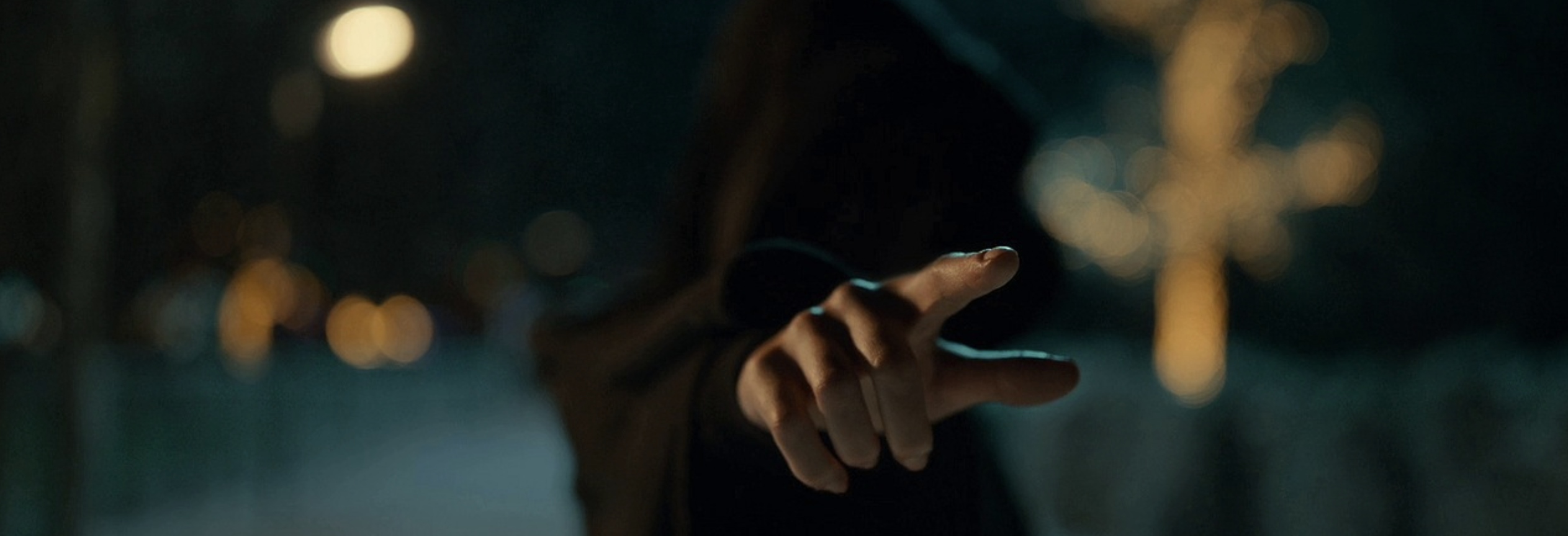So, clearly I never wrote an Arc Watch for either Empire of Death or Joy to the World.
I didn’t write one for Joy to the World because I felt like I should write the one for Empire of Death first, and I didn’t write one for Empire of Death because, well, I felt massively let down by the resolutions to both the Ruby story and the Sutekh story, and by the way those stories intersected. A lot of people felt that way, and I was one of them.
I don’t want to be yet another negative voice. Generally speaking, but about my favourite show specifically, I’m just not interested in being or doing that. Obviously I’m happy to do it about some stupid Fox sitcom nobody cares about, but I had an angle there, a way into it, a perspective I felt only I could offer. What would my take on the way Empire of Death wraps up those arcs have been but either a lot of irritated shrugging, or me pretending not be shrugging with irritation?
It’s not fun to write, and so it’s probably not fun to read.
I enjoyed writing Arc Watch when I did write it, and I think there’s probably good, insightful analysis there, but as a format it requires me to be invested in and care about picking apart the show’s arcs in a way that, ideally, enhances my enjoyment of it. I love Doctor Who, I enjoy almost every episode on an individual episode level, but, two days ahead of the 2025 season premiere, I… don’t feel like Arc Watch is where my energy is best spent.
So, looking forward, what’s the future of this blog?
I like having this place to put writing specifically about my favourite show. I want to use it. I have ideas for how to use it, what to do with it. But I know myself. If you’re familar with my main blog at all, you may have noticed I don’t hold on to formats very well — I like the idea of doing them, I do them once or twice, then it becomes more of a hassle than it’s worth. And even if I lay out a pitch for you here, what if that doesn’t fit how I feel about or what I want to say about the episode, come Saturday. So any kind of pitch I might make here, all of that could be out of the window before the credits roll, anyway.
But I love Doctor Who, and I like writing about Doctor Who, and I do have this blog.
So I’ll see you soon. o7




